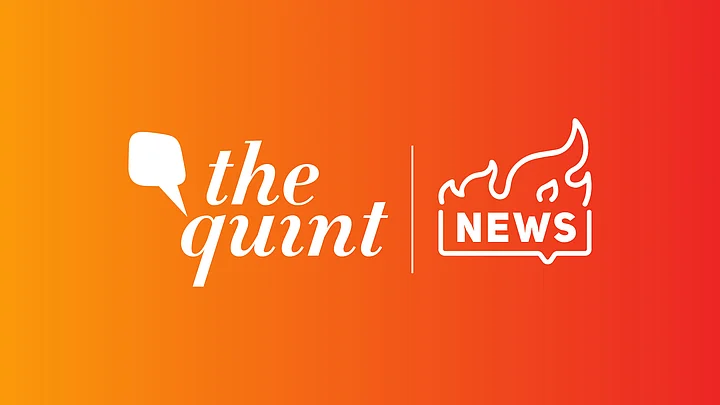Shedding light on the hurdles women face vis-a-vis accessing healthcare, a recent study suggests that about 49 percent of women from Delhi, Haryana, Uttar Pradesh and Bihar were absent from several outpatient departments (OPDs) in one of India’s leading government hospitals: AIIMS, Delhi.
The research paper titled ‘Missing female patients: an observational analysis of sex ratio among outpatients in a referral tertiary care public hospital in India’ is based on the data collected from the OPD at the All India Institute of Medical Sciences, New Delhi in 2016. It draws a comparison between the number of male and female patients from the aforementioned states, and attempts to gauge the influence of factors such as distance and age group, to understand the gender gap.
Hence, the paper first identifies the male-female ratio in each of the four states and subsequently compares it with the male-female ratio of patients who visited the OPD at AIIMS.
A Glaring 27% Gap
In the year 2016, the AIIMS OPD witnessed a total of 2,377,028 outpatients visits, out of which 1,494,444 were by male patients and 8,82,584 were by female patients: the takeaway being, while male patients accounted for 63 percent of the total OPD visits, female patients only accounted for 37 percent of the same.

Taking into account the 26 percent difference, the paper arrived at a ratio of 1.69 males for every female at the OPD in AIIMS, a figure strikingly higher than the national ratio which, as per the 2011 census, points to the existence of 1.9 males for every female.
Young & Old Females Worst Hit
In order to arrive at an age-wise understanding of the male-female disparity, the paper classified patients into five age groups:
- 0-18
- 19-30
- 31-44
- 45-59
- 60 and above
Interestingly, the paper found that the number of males for every female was higher in the age groups of 0-19, 19-30, and 60 and above, indicating that females in these age groups were more likely to find it difficult to access public healthcare. While the 0 -19 age group recorded a ratio of 1.94, the 19-30 age group recorded a much higher ratio of 2.02. However, the ratio dropped to 1.45 and 1.38 in the age groups of 31-44 and 45-59 respectively, only to increase again to 1.72 in the age group 60 and above.

Need to Strengthen Local Infrastructure

The study also found that the ratio of men for every female widened as the residence of the patients moved further away from the national capital, where the hospital is located. Out of the four states chosen for the research, Bihar presented the highest ratio at 2.37, followed by Uttar Pradesh at 2.10, Haryana at 1.68 and Delhi at 1.37. The state-wise ratio of patients at the AIIMS OPD was much higher than the one originally recorded in these states.
Finally, out of a potential of 1,85,866 female patients from Bihar, only 84,926 visited the AIIMS OPD in 2016. Similarly, out of a potential of 3,32,562 female patients from Uttar Pradesh, only 1,71,033 had visited AIIMS OPD.
The study concluded that there is a need for strengthening local health infrastructure, since that is the best way to make healthcare more accessible for young and for old women, whose numbers remain conspicuously lower than males in visiting the OPD at AIIMS.
(At The Quint, we question everything. Play an active role in shaping our journalism by becoming a member today.)



